Runner Rugs for Steps: The Essential Buying Guide You Need

Runner rugs can reshape the look of any staircase by blending style with functionality. These decorative additions enhance your home's appearance and serve multiple purposes that most homeowners tend to miss.
Stair runners prove their worth in multiple ways. They minimise the noise from footsteps and protect your stairs from everyday wear. Your wooden stairs won't echo through the house anymore, and a thoughtfully selected runner will elevate your home's interior design.
This piece will help you pick and install the perfect stair runner. You'll learn about standard measurements ranging from 57-60cm widths and important fitting requirements. Our detailed tips will guide you toward making the right choice for your home.
What Are Runner Rugs for Steps and Why You Need Them
Stair runners are carpet strips that run down the middle of staircases. These narrow strips leave the edges of steps visible and create a beautiful look. They're different from regular wall-to-wall carpeting because they work as both a practical solution and a design element in your home.

The difference between regular rugs and stair runners
Stair runners stand apart from regular floor runners or area rugs because manufacturers design them specifically for stairs. Both types can make your interiors look better, but stair runners fit the exact measurements of steps. Most stair runners show some of the stair tread and riser on each side, which creates a beautiful contrast between materials. You need to install stair runners securely to prevent movement, unlike floor rugs that just sit flat on the ground.
Key benefits of installing runner rugs on stairs
Runner rugs on steps give you many benefits beyond just looking good:
-
Protection against wear and tear: Your stairs stay protected from scratches, scuffs and marks, which helps especially when you have wooden staircases in busy areas.
-
Comfort underfoot: The extra cushioning makes hard stairs much nicer to walk on.
-
Style enhancement: Your stairs become a standout feature instead of just a way to get upstairs.
-
Visual appeal: The contrast of exposed edges can make narrow staircases look wider.
You can also save money with stair runners compared to full carpeting while getting similar benefits.

How runner rugs improve safety and reduce noise
Safety is the most important reason to put carpet runners on your steps. Bare stairs—especially those made of polished wood, tile, or laminate—can be really slippery. Stair runners give you vital traction that helps prevent slips and falls, which matters a lot if you have kids, pets, or older family members at home.
The noise reduction you get is another great benefit. Adding carpet to stairs cuts down noise by about 35%. This makes a big difference in homes with multiple floors where footsteps can echo throughout the house. Wool carpet runners with wool underlays work best to keep things quiet.
Stair runners turn your staircases from potential hazards into safer, quieter, and more attractive features of your home. They're worth the investment for both practical reasons and looks.

Essential Materials and Types of Stair Runners
The right stair runner material is a vital part of both your home's look and its daily function. Your choice should match your home's foot traffic, your priorities, and the style you want.
Natural fibre options: wool, sisal and jute
Wool is the top natural choice for stair runners. It's tough, resists stains naturally, and feels luxurious under your feet. This material is great for busy stairs and makes your home quieter and more comfortable by insulating sound and regulating temperature.
Sisal comes from the agave plant and can handle heavy foot traffic really well. This eco-friendly material adds unique texture and natural beauty to your stairs, but you should know that it soaks up liquids and might stain if something spills.
Jute feels softer than other natural fibres and is almost as comfortable as wool. But it's not as tough as other natural options, so it works better in areas that don't see much foot traffic.
Synthetic alternatives: nylon, polyester and polypropylene
Nylon leads the pack of synthetic fibres for stair runners. Its strength and bounce-back quality make it perfect for busy staircases. This is a big deal as it means that most commercial carpets use nylon for their face fibres.
Polyester strikes a nice balance between cost and looks, with bright colours and a luxurious feel. While not as durable as nylon, it handles stains better.
Polypropylene (also called olefin) fights stains and fading well at a lower cost. This synthetic option works great in damp areas because it repels water.

Flatweave vs pile runners: which is better for stairs?
Flatweave runners, with their tight, non-pile weave, usually last longer on stairs. They look sleek with their thin profile and stay firmly in place. The best flatweaves use 100% wool with 3-ply instead of 2-ply yarns to last even longer.
Pile runners give you more cushioning and comfort. In spite of that, experts say you should pick a low to medium pile (under 12mm) for stairs to keep them safe and durable.
Specialty runners for unique needs
Homes with pets or kids do better with stain-resistant synthetic materials. You might also like sisool (a sisal-wool blend) that combines natural texture with better softness and easier cleaning.

How to Measure and Choose the Right Size Runner
Your stair runner needs the right size to look good and keep everyone safe. A well-sized runner protects your stairs and makes your home look better.
Step-by-step measuring guide for straight staircases
Here's a simple way to measure straight staircases:
-
Take measurements of each tread (the flat part) and riser (the upright part) one at a time. Remember to include the "nose" (the part that sticks out in front) when you measure the tread.
-
The total length comes from this formula: Number of stairs × (tread depth + riser height).
-
Each standard step needs about 19 inches of runner material.
-
Add an extra foot (30cm) to your final number so you have room to adjust.
A tape measure helps you get it right. Take each measurement twice before you place your order.

Special considerations for curved or spiral stairs
Curved stairs need a different plan:
Each curved step needs its own measurement because sizes usually vary. You'll need separate runner pieces for each curved step on winding staircases instead of one long piece.
The outer edge measurement gives you the right size for curved stairs. Flatweave runners work best for winding steps because they bend easily and match patterns at the "crutch" of steps.
Width options and how they affect appearance
Your runner's width changes how everything looks:
Most runners come in 60-70cm (24-27 inches) widths, and 69cm is what people pick most often. The best look leaves about 10cm (4 inches) of bare stair showing on each side.
Pick your width based on your stair size:
-
50cm runner fits 70cm wide stairs
-
55cm runner suits 75cm wide stairs
-
60cm runner matches 80cm wide stairs
Wider runners give you more safety coverage. Narrow runners show off more of your stairs. The right width creates a balanced look that fits your home's style.

Design Elements That Make the Best Runner Rugs for Steps
A well-designed stair runner can reshape an ordinary staircase into a stunning centrepiece of your home. The design you choose will affect both how it looks and how long it lasts.
Patterns that disguise wear and tear
Patterned runners do double duty - they add personality while cleverly hiding everyday signs of use. Bold patterns make a strong style statement and hide dirt and footprints at the same time. Geometric designs work great in busy homes. They create visual interest and mask the worn spots that show up in high-traffic areas.
Design experts suggest:
-
Herringbone patterns offer a classic look that hides scuffs
-
Stripes naturally draw your eyes up, making spaces feel bigger
-
Floral or abstract designs with multiple shades help hide stains
Loop pile and Berber carpets add to these benefits. Their textured surfaces create natural colour variations that help conceal debris.

Colour considerations for different staircase styles
Your colour choice shapes how your staircase looks. Deep reds and blues add luxury to traditional homes. Modern spaces look great with neutral greys or bold black runners that stand out against light walls.
Darker shades work best because they hide dirt better. Light colours can make narrow stairs feel wider but need more cleaning. Grey has become a popular choice because it works well with almost any style.
Border options and their impact on visual appeal
Borders give runners a polished look and stop fraying. You have several options that change the overall look:
Binding uses border tapes (usually 3-5cm wide) sewn onto edges. This method creates clean lines that define the runner's shape. Whipping creates a tight woven edge finish and comes in many colours.
Traditional English style often uses wide cotton edging that either stands out from or matches the runner. Beyond looking good, borders help your runner last longer by protecting the edges.

Matching runners to your existing décor
Look at how your runner works with what you already have. Use colours from your runner that match your walls to create a smooth flow. Many homeowners create visual harmony by picking runner colours that complement nearby artwork or furniture.
You can make an elegant statement by matching your runner's accent colours with decorative pieces in your entryway. This creates a pulled-together look without seeming too planned.
Installation Options: DIY vs Professional Fitting
The choice between DIY and professional fitting for your stair runners depends on several factors. You'll need to weigh time, cost, and skill requirements against your staircase's complexity. Both approaches have their benefits based on your situation.
Tools and materials needed for DIY installation
A successful DIY stair runner installation requires these key tools:
-
Staple gun with ½"-1" staples
-
Bolster chisel for tucking fabric
-
Sharp scissors or carpet knife
-
Measuring tape and pencil
-
Carpet tape and rug pad
-
Optional: pneumatic stapler for more secure fitting
Most DIY installations take about 4 hours from start to finish. The process moves quickly once you learn the steps. Unused stairs make great practise spots before you work on visible areas.

When to call in the professionals
Whatever your DIY enthusiasm, some situations need professional installation. Complex staircases with curved or spiral designs need specialist knowledge and techniques. Stairs with multiple landings or unusual dimensions work better with professional expertise.
Professional runners will give a secure fit that ensures safety and longevity. Expert fitters have specialised tools like knee kickers and power stretchers that most homeowners don't have.
Cost comparison between DIY and professional installation
DIY installation's main advantage is labour cost savings. A standard room (about 17 square metres) costs around £510 for DIY if you have the tools. Professional installation for the same area costs about £578, just £68 more.
Straight staircases need £200-£300 for professional installation. Complex stairs with turns or landings might cost £300-£375 per set. So the real value comes down to your DIY comfort level and future use of the tools.
Common installation mistakes to avoid
Even DIY experts make mistakes with runner rugs for steps. Challenging patterns cause frequent problems - vertical stripes line up better than horizontal designs. On top of that, many homeowners don't order enough material. Experts suggest getting at least 2 extra feet of runner.
Poor underlay installation creates major issues. Professional installers cut specific carpet padding for tread tops only. They leave about an inch on each side without padding. Wrong staple placement can ruin looks and safety - pros put staples in the crack between steps and under each tread's nose.
Conclusion
Runner rugs can reshape the scene of your staircase by adding style and function. Picking the right runner might look tricky, but you'll find it simple once you know the basics about materials, measurements, and design elements.
Wool stands out as the top pick for its toughness and comfort. Synthetic materials are a great way to get practical solutions for high-traffic homes. The right size makes all the difference - leave about 10cm of bare stair on each side to create the best look. On top of that, your pattern choice is vital since the right design hides wear while matching your home's style.
You can hire pros or tackle it yourself, but first think over your staircase's design and your DIY skills to get the best outcome. The right stair runner, when installed properly, will boost your home's look. Your family will enjoy the extra safety and quieter steps for years ahead.
Best runner rug for steps
Premium runner rugs for steps come in various brands and styles, but some truly shine through their exceptional quality and design. Roger Oates stands as a prominent name that has designed and crafted England's finest stair runners for more than 25 years. Their traditional flatweave construction gives these runners remarkable flexibility, which makes them perfect for both straight and winding staircases.
Roger Oates' Dart design features a timeless herringbone structure with a strong narrow border, ideal for classical homes. The Hampton runner creates a bold statement through its textured herringbone ground that enhances iconic striped borders. Since 1992, the Sudbury design has remained an inspirational classic that combines herringbone and rib weave to create striking textured stripes.
Fleetwood Fox creates unique, stylish flatweave stair runners from 100% wool. Their materials are spun and dyed in Yorkshire and woven on traditional narrow looms in Somerset. These runners let you customise extensively without extra charges, which makes them great value.
Runners with brown and beige tones hide dirt exceptionally well, making them a popular choice in family homes. Contemporary décor schemes work perfectly with grey runners that have hints of black, offering similar practical benefits. Stain-proof options have gained popularity lately, giving peace of mind to families with children and pets.
Sisal stair runners add natural appeal and look stunning with natural accents like woven baskets. Herringbone patterns serve two purposes - they create visual interest and hide wear patterns in high-traffic areas effectively.
Striped borders never go out of style and instantly create visual impact. The beautiful trademark herringbone design runs through many collections in Roger Oates' Fulham range, showing why traditional patterns last. Their Henley Soft Black represents classical elegance through strong borders and subtle herringbone details.
Carpet runner for steps
People often get confused about "carpet runners" when they plan staircase upgrades. Carpet runners and rug runners mean the same thing - they're just called different names based on where you live or shop. Both are long strips of carpet that run down your staircase's middle while showing off the edges.
Most carpet runners are 26-30 inches wide. This size works great with standard 36-inch wide stairwells. You'll see about 3-5 inches of exposed stair on each side, which creates that classic framed look many homeowners want. Unusual staircase widths might need custom sizes to look right.
These floor coverings serve two practical purposes:
-
They protect your stairs from everyday wear and tear
-
They work as noise dampeners to cut down on loud footsteps in busy hallways
You can install carpet runners using tacks, nails or staples. Two main styles exist: the "wrap style" makes the carpet hug each step's nosing tightly, while the "waterfall style" lets the material flow over each step edge. Both styles look different but give you the same benefits.
Carpet runners shine in busy areas because you can replace them more cheaply than full carpet when they wear out. They cost nowhere near as much upfront, and you can find quality options at good prices.
These runners give vital traction on slippery surfaces, especially when you have kids, older family members or pets at home. Homeowners with hardwood stairs love runners because they show off their wood's beauty while making the stairs safer and more comfortable.
Most good vendors know exactly what you need when you ask for either a "carpet runner" or "rug runner." Your main goal should be finding the right style, material and fit that works best for your stairs.
Rug runners for steps
Proper care of stair runners will extend their life, but many homeowners don't pay enough attention to this vital part of ownership. Good maintenance keeps them looking great and helps them stay safe to use over time.
Your daily hoovering routine forms the foundation of good runner care. Use a suction-only setting to protect the pile. You should rotate your runner once a year to spread out wear patterns evenly, especially when you have busy staircases where middle sections tend to wear out first.
Quick action on spills stops permanent stains. Use a clean, damp cloth and mild soap to blot—never rub—most spills. Wool runners need professional cleaning every 12-18 months. This removes deep dirt without harming natural fibres.
Smart furniture placement at stair landings reduces heavy wear spots. A "shoes-off" rule also cuts down on dirt buildup and wear on your stair runners.
Seasonal homes might benefit from separate winter and summer runners. Heavy, darker runners work better in winter when outside dirt becomes a problem. Lighter, airier options suit warmer months better.
Don't forget to check your underlay. Even top-quality runners wear out too fast if their underlay breaks down—check it yearly to spot compression or damage.
Some people switch between multiple runners to make them last longer. This strategy works great in heritage homes where finding matching vintage patterns might be hard later on.
Quick repairs prevent small problems from getting worse. You can trim small pulls in wool runners carefully. Loose edges need immediate fixing before foot traffic makes them worse.
FAQs
Q1. What are the best materials for stair runner rugs? Natural fibres like wool and sisal are excellent choices for durability and comfort. Wool offers premium quality with natural stain resistance, while synthetic options like nylon provide outstanding strength for high-traffic areas.
Q2. How do I measure for a stair runner? Measure each tread (horizontal part) and riser (vertical part) separately, including the "nose" of the step. Multiply the total by the number of stairs and add an extra 30cm for adjustment. For standard stairs, each step typically requires about 19 inches of runner material.
Q3. What width should I choose for my stair runner? Standard runner widths range from 60-70cm, with 69cm being most common. Aim to leave approximately 10cm of exposed stair on each side for visual balance. The ideal width depends on your stair dimensions and desired look.
Q4. Can I install a stair runner myself? DIY installation is possible for straight staircases if you have the right tools and skills. However, complex staircases with curves or unusual dimensions often benefit from professional installation to ensure proper fitting and safety.
Q5. How do I maintain my stair runner? Regular vacuuming is essential, using a suction-only setting to prevent damage. Address spills immediately by blotting with a damp cloth and mild soap. Consider professional cleaning every 12-18 months, especially for wool runners. Rotating the runner annually can help distribute wear more evenly.




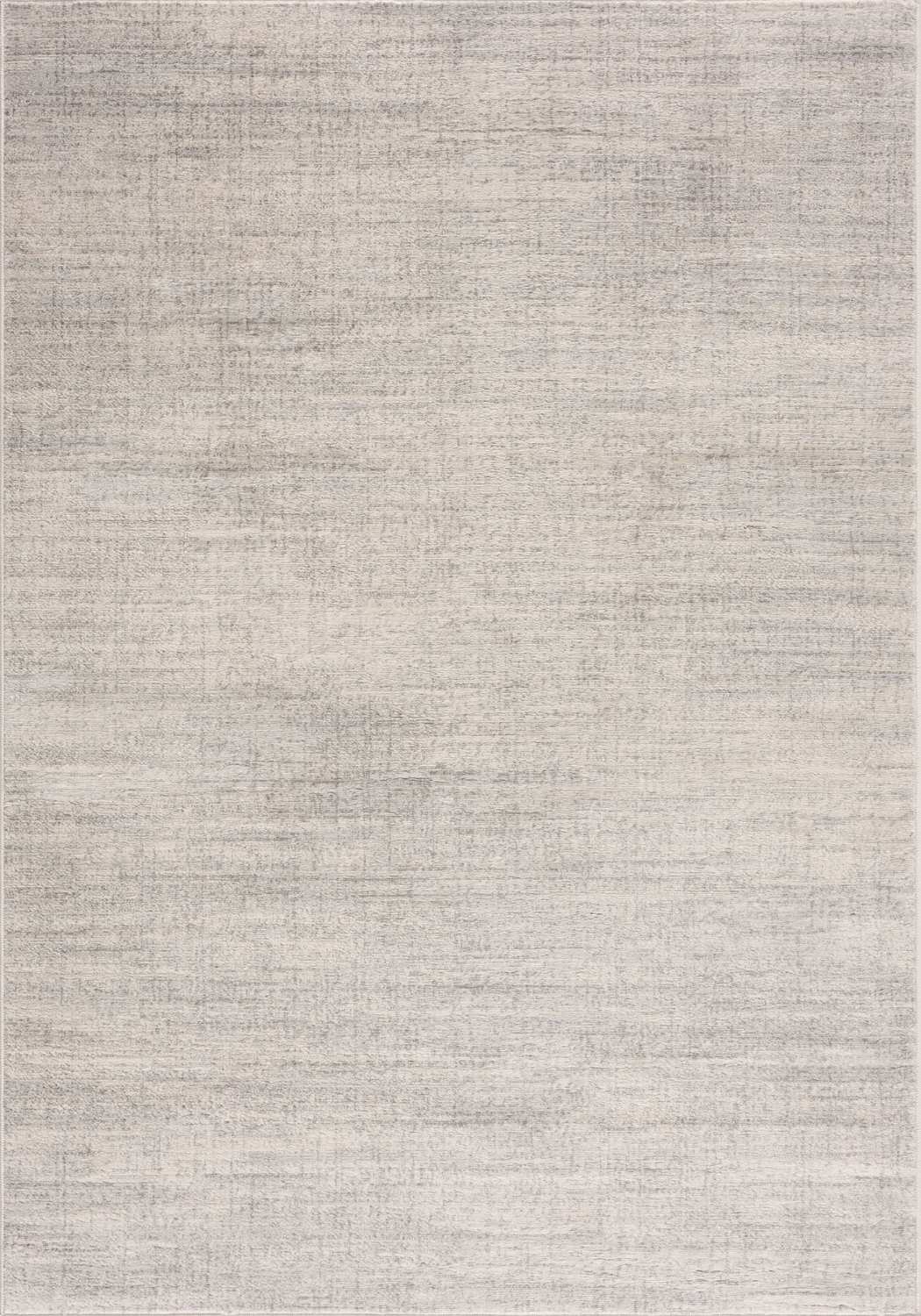
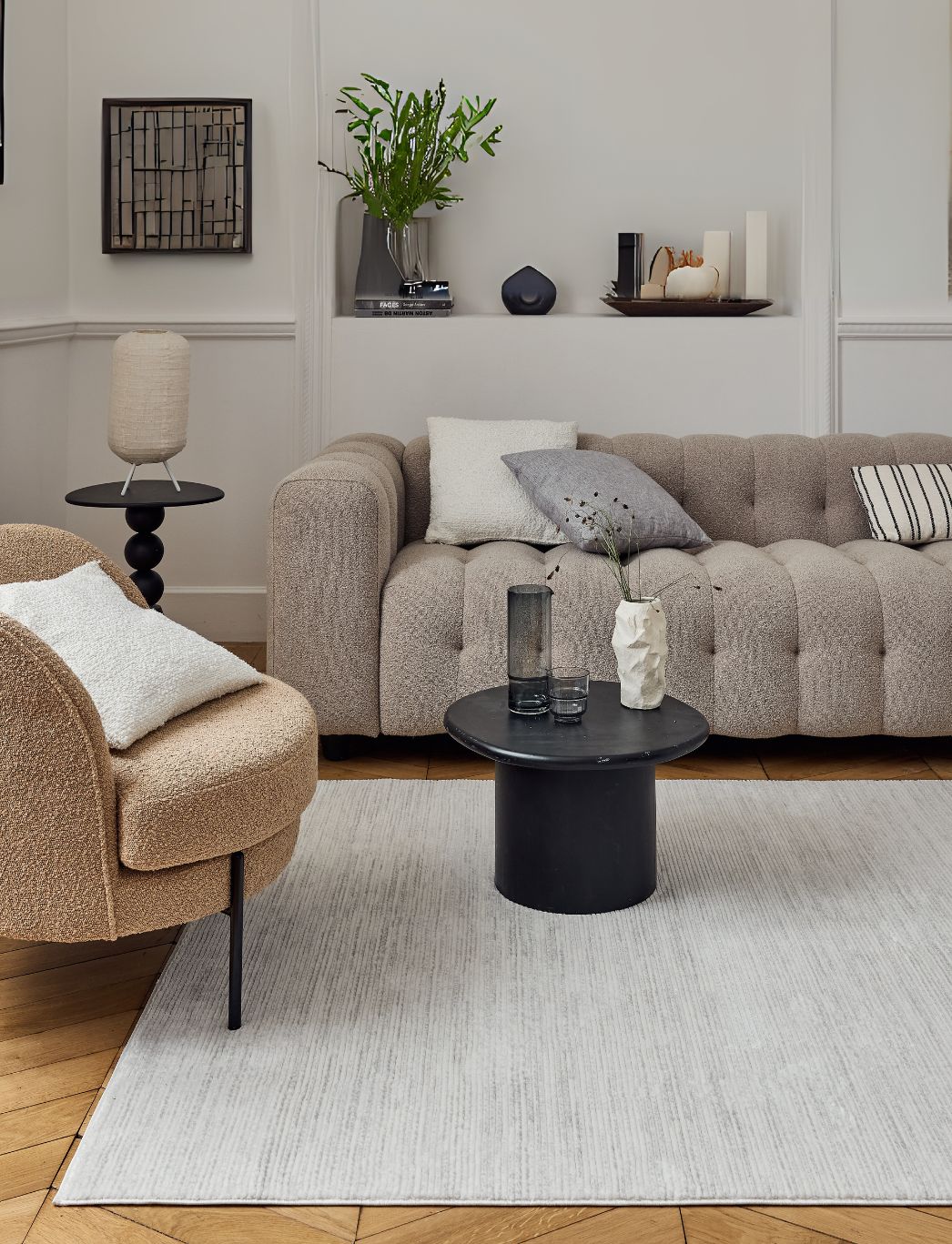

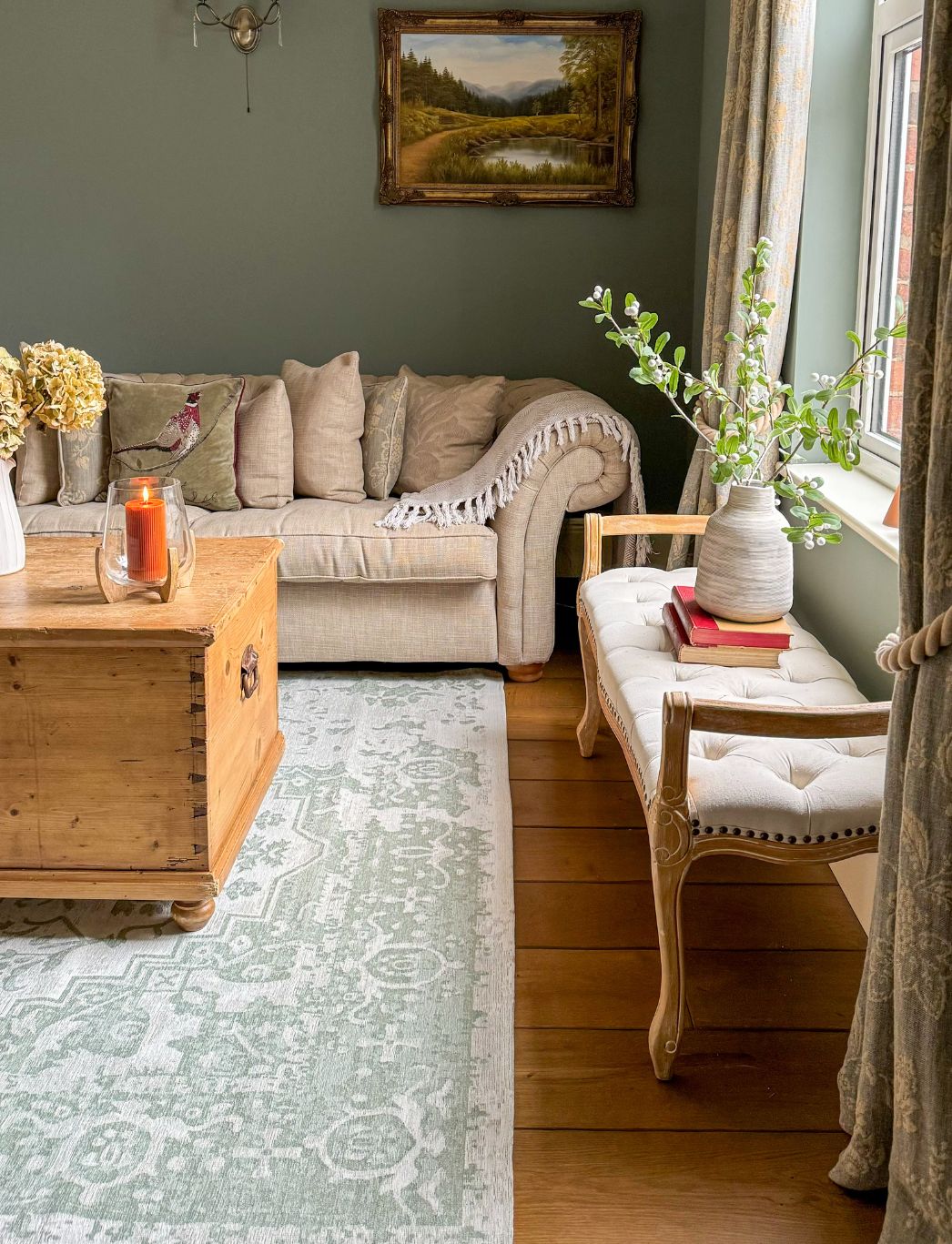
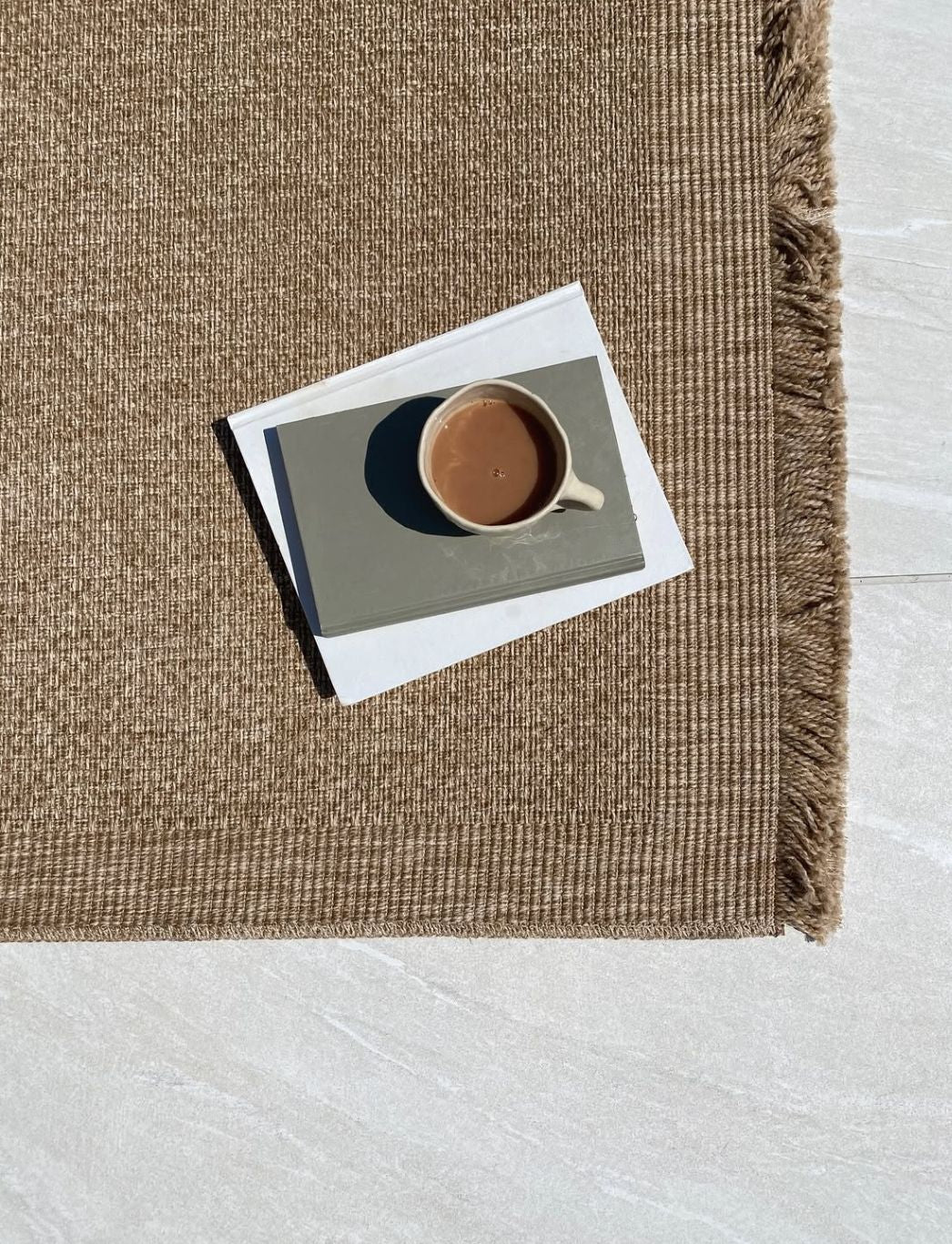
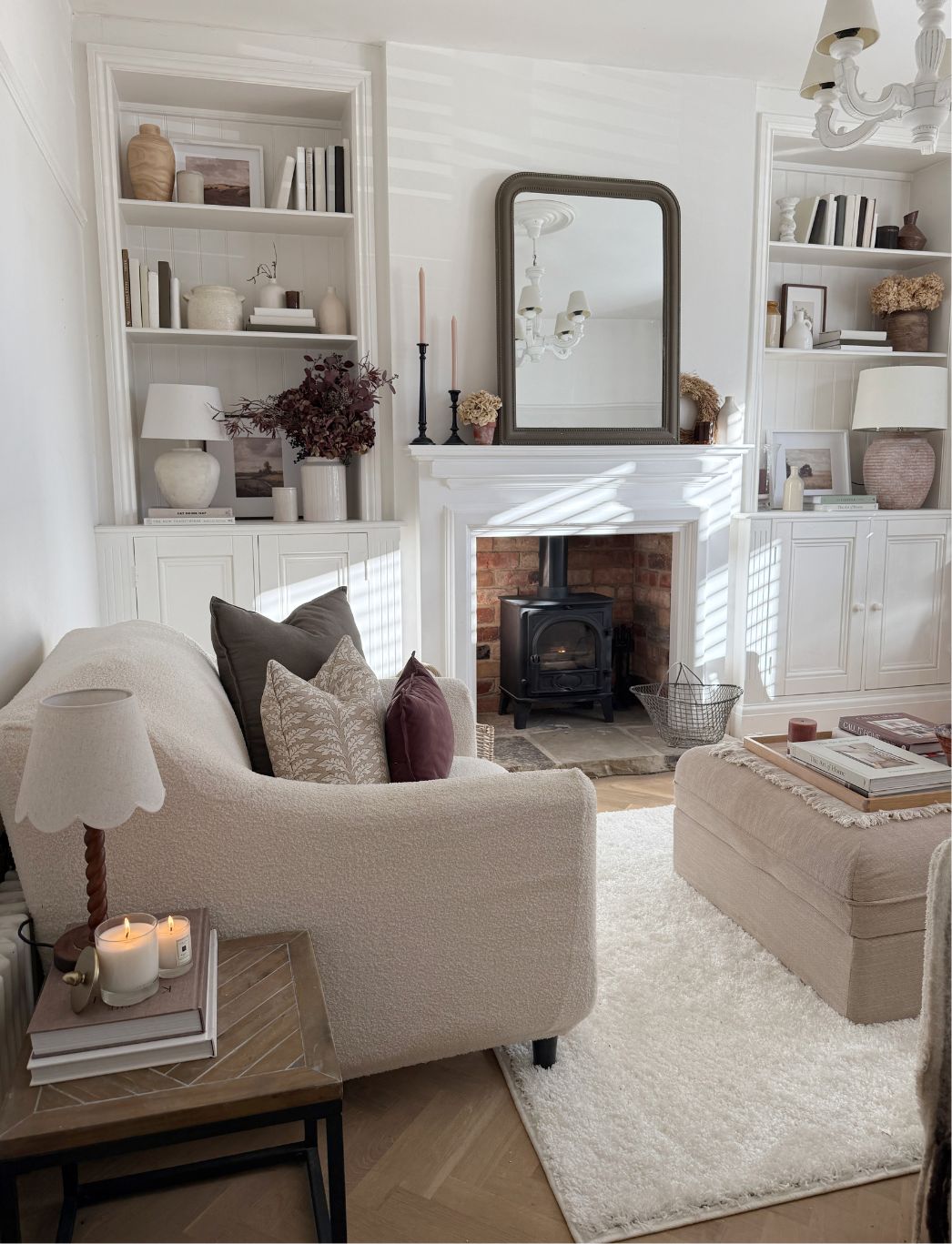
Leave a comment